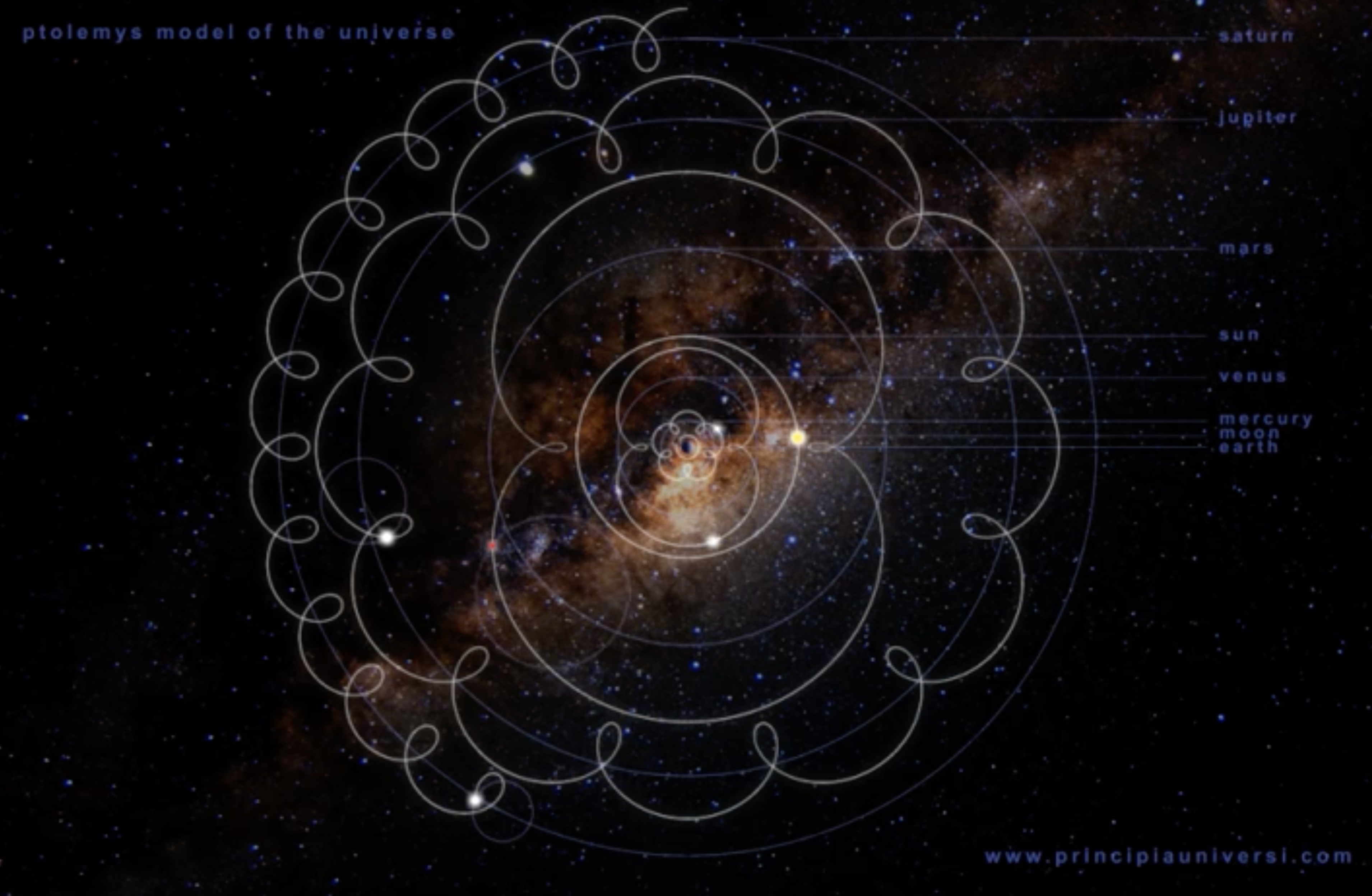Methods and Results of Ancient Astronomy
Fall 2023, Deep Springs College, Prof. Brian Hill
Syllabus
A PDF of the Syllabus containing essentially the same information as is on these web pages.
Overview
It is perhaps arbitrary where one might stop in the history of astronomy and astrophysics and deem whatever follows to be “modern.” For our purposes, “ancient” means anything and everything up to but not including or beyond Brahe, Kepler, and Galileo. The shift that occurred very roughly at 1600, although actually it was progressive, not sudden, was to a process of increasing exactitude that began with Brahe’s careful multi-decade observations at Uraniborg, Kepler’s painstaking analyses of these observations, and which then accelerated massively by the invention and use of the telescope.
I could not create a survey of pre-telescopic astronomy myself; my understanding of astronomy and physics starts with Kepler, Galileo, and Newton, and so I will be learning the history prior to this along with you. Our author and guide to ancient astronomy is James Evans. He is principally focused on the astronomy of the Greeks. His reasons are two-fold: (1) prior to the Greeks, astronomy was qualitative, and (2) for century after century following the Greeks, Ptolemy’s Almagest held sway, even as it was translated, commented on, and elaborated.
Even Copernicus in 1543, while disputing the Earth-centered universe in his On the Revolutions of the Heavenly Spheres, was tremendously influenced by Ptolemy. Only towards the end of our course will we get to Copernicus, and then finally leave the ancient Ptolemaic view behind with the observations and theories of Brahe and Kepler.
Daily Schedules
Detailed daily schedules will be kept retrospectively:
Unit Outline
Term 2
Examine the table of contents of Evans’ book that we will be using as our guide. The broad outline fits into our Term 2 as:
- The Birth of Astronomy
- The Celestial Sphere
- Some Applications of Spherics (includes making Sundials!)
- Calendars and Time Reckoning
Term 3
And our Term 3 as:
- Solar Theory
- The Fixed Stars
- Planetary Theory
Evans’ Full Table of Contents provides further detail.
Text
- The History and Practice of Ancient Astronomy, by James Evans
Grading and Homework
- 40% submitted homework, including observational work
- 20% midterm (near the end of term 2)
- 20% final (near the end of term 3)
- 20% thorough preparation for class, leadership of class discussion, and maintenance of the course’s pace and direction
The observational work will generally, but not always, be at night. Reports on apparatus and observations, just like lab reports in a regular laboratory class, will frequently be submitted or presented.
Absences
The College’s general policies on absences (and late work) are applicable. There was an email from Ryan on this September 8, 2022 in response to a flagging Spring 2022 semester. Since that email predates most of you, the essential absence/late policies are reproduced from that email here:
Whereas missed coursework affects both your classmates and professors by lowering the thinking and understanding you bring to a given class, and interrupts the course schedule that has been set up and is adjusted on an ongoing basis with substantial care. The same is true for absences — whereas a handful of absences might be “normal” at colleges with large lectures or less serious academics, at Deep Springs we expect students to miss no classes save for legitimate health issues or emergencies requiring also missing labor and governance obligations. For a student wishing to submit a course assignment past its required deadline, the student may request an extension on the assignment directly from the professor 48 hours in advance. Within 48 hours of the due date, the student must request an extension directly from the Dean. Exceptions will be granted by the Dean only if the student faces unforeseen and unforeseeable circumstances. A student who misses the deadline will be penalized an amount that is roughly equivalent to a letter grade for each day the assignment is late. Assignments cannot be turned in after solutions and graded assignments have been passed back, which generally happens one to two classes after they were turned in.
